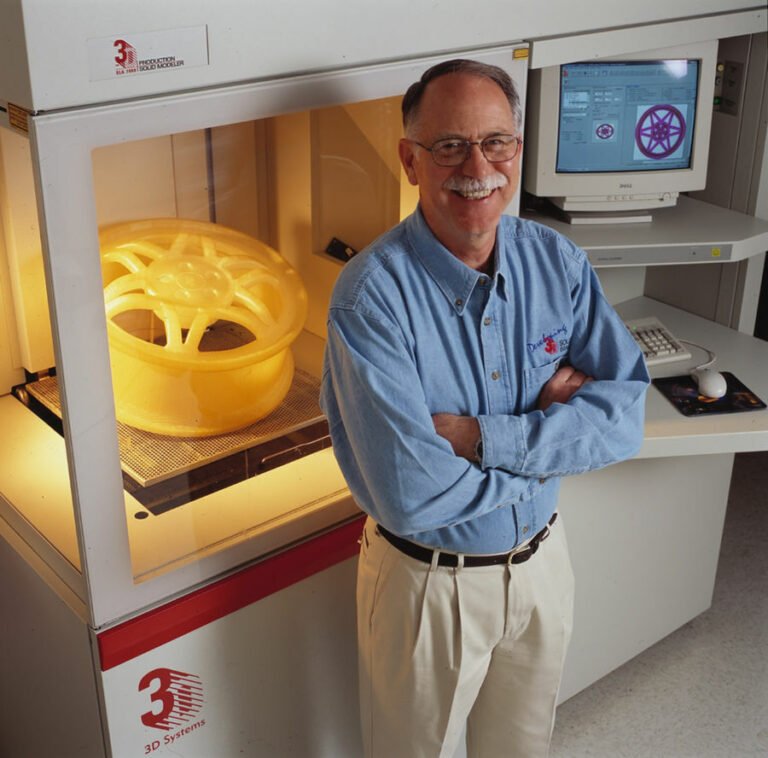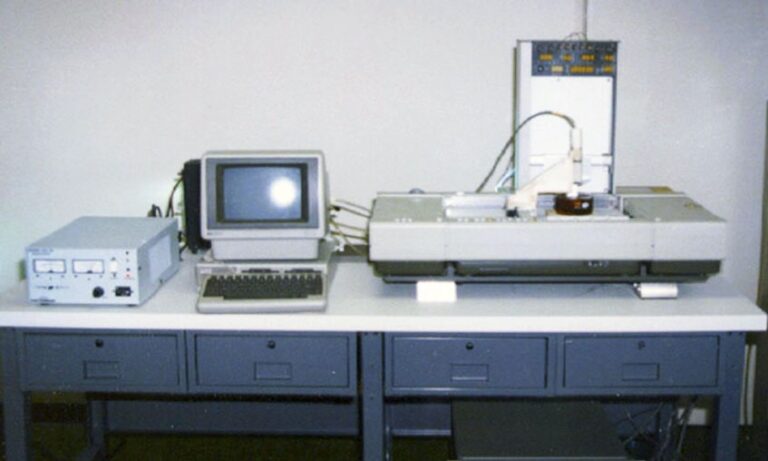3D Printing History
3D printing was developed in the early years of the 1980s. During this time, the basic principles and use of 3D Printing were created. This additive method (adding layers of base material to craft objects) has allowed engineers to fabricate intricate designs.
Machines first revolutionized the fabrication of physical items during the early days of the industrial revolution. Historically, machines have used subtractive methods(reducing a bigger block of material to a usable product).
However, it was only in the last 20 years that 3D Printers have become mainstream, finding a place within diverse industries such as architecture, automotive engineering,, and consumer goods.
The growth of the 3D Printing industry has happened at a speed and precision never imagined before.
So the question is natural: Who invented 3d Printing?
The Inventor of 3D Printing
The American Charles W. Hull (known famously as Chuck Hall)
was the first man to patent a process for making 3D objects. He patented stereolithography in 1986. He produced the world’s first 3D printer. He called it SLA-1 (Stereolithography Apparatus).
Born on 25th September 1943, Chuck Hull showed an interest in model airplanes and rockets as a child. His career started as a technical illustrator with Boeing Aircraft, where his work included illustrating parts of flying machines such as aircraft, helicopters, and missiles.


The First 3D Printing Patent
Charles Hull’s groundbreaking patent explained how his printers worked; using ultraviolet lasers to harden liquid resin layer by layer. It also included using a photosensitive agent that controlled the build-up of the object.
His patent was titled “Apparatus for Production of Three-Dimensional Objects by Stereolithography.” It was issued on March 11, 1986.
The same year, he also formed his company: 3D Systems. Set up in Valencia, California, his company began commercial rapid prototyping.


Development of 3D Printing technique
Over the years, Hull and his team continued to develop new 3D printing technologies and products. One of their most significant innovations was the development of multi-material printing in 1992, which allowed different colors and materials to be used in a single print job. This led to several new medical implants, gaming figurines, and car parts applications.
The future of the 3D printing industry
Industry estimated suggest that the 3D Printing market will grow to USD 34.8 billion by 2026, at a CAGR of 22.5%.
With continued advances in technology, we can expect to see even more amazing things printed, including 3D Printed human organs, and food.
Stay tuned to our blog for more info on everything 3D! If you’re looking for 3D Printing services, 3D Motifs has got you covered.

